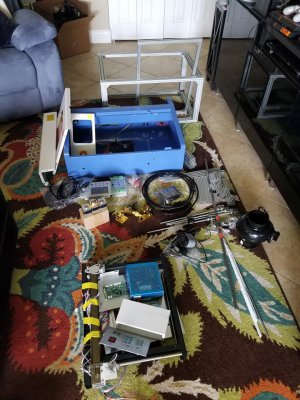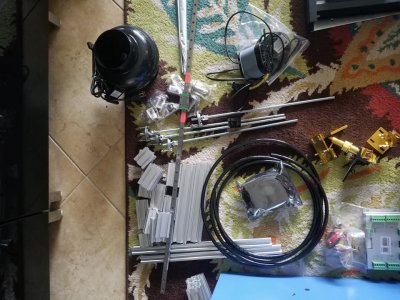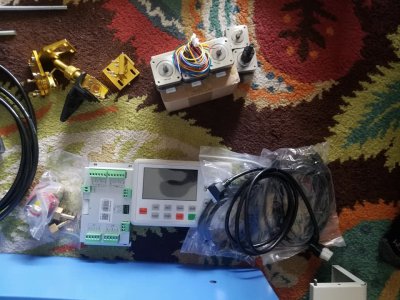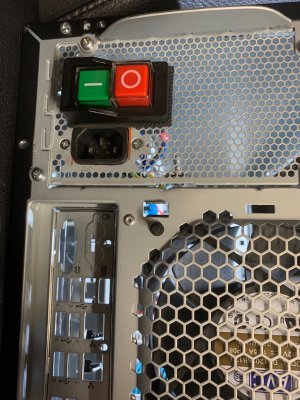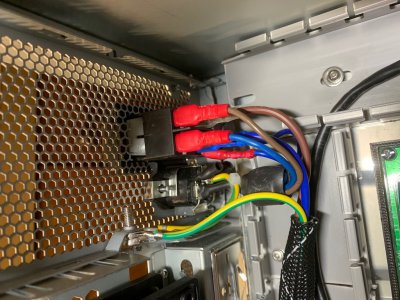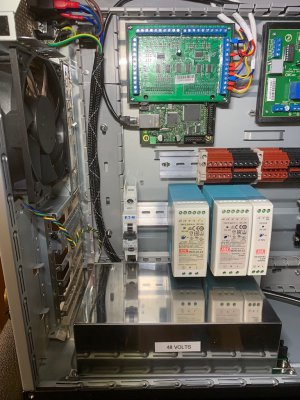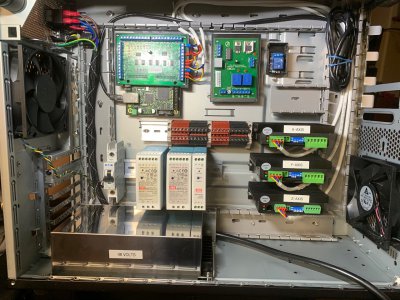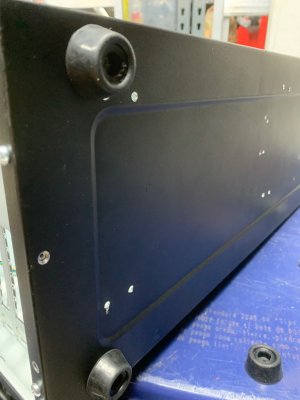- Joined
- Aug 6, 2015
- Messages
- 3,902
A couple of questions on the wiring...
1. Looking at a couple of diagrams, it calls for wiring together (DIR -) and (PUL -) from each Driver and then placing in one of the ground (GND) terminals in the C25 board... the board has several GND terminals... why can I just combine each of the (DIR -) and (PUL -) from each of the driver and connect those to one of the GND terminals... three GND terminals that I can use... why wire it all to just one??
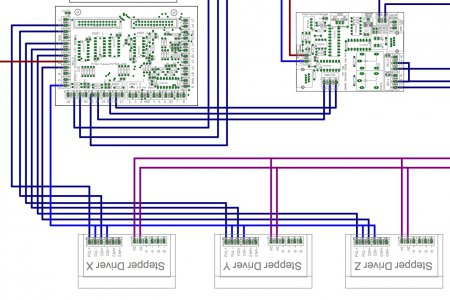
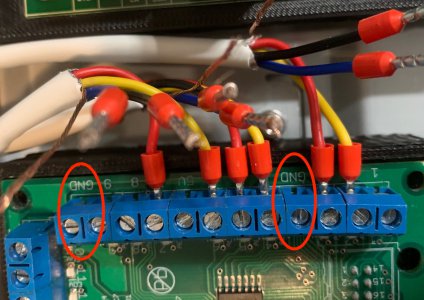
2. What do you do with these? The wire that is not covered in the shielded cable.
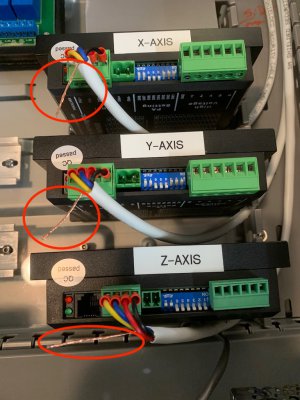
1. Looking at a couple of diagrams, it calls for wiring together (DIR -) and (PUL -) from each Driver and then placing in one of the ground (GND) terminals in the C25 board... the board has several GND terminals... why can I just combine each of the (DIR -) and (PUL -) from each of the driver and connect those to one of the GND terminals... three GND terminals that I can use... why wire it all to just one??


2. What do you do with these? The wire that is not covered in the shielded cable.

Last edited:


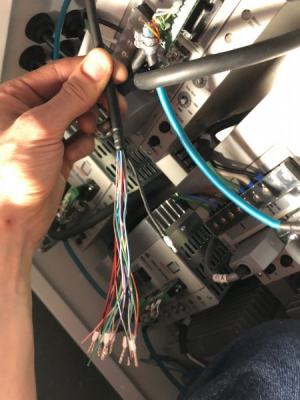
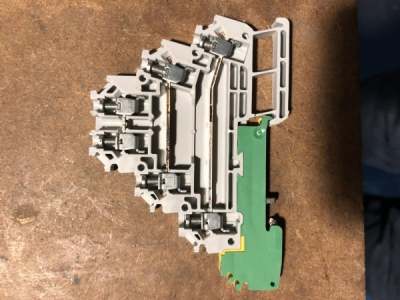
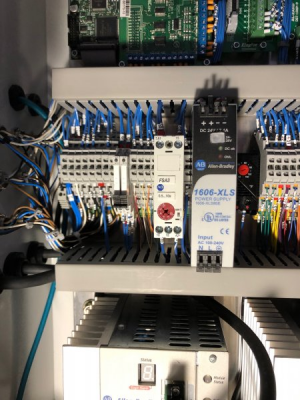
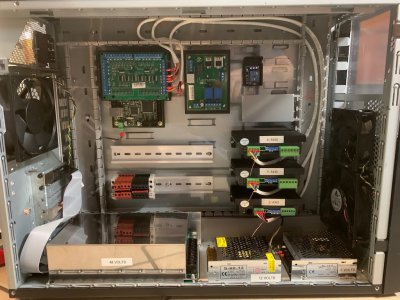
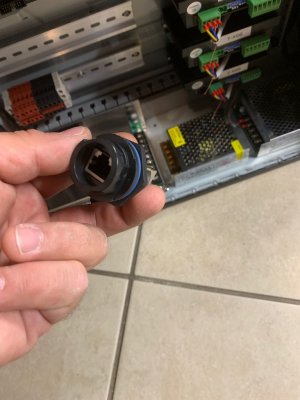
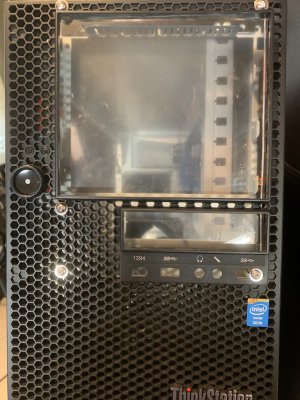
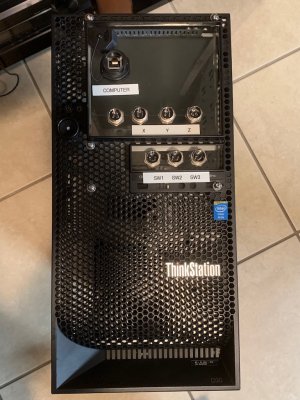

 Good to know. I have (well, had) their Fusion 360 software... but seems to have expired. Will check how to enable it again and also download the AutoCAD Electrical.
Good to know. I have (well, had) their Fusion 360 software... but seems to have expired. Will check how to enable it again and also download the AutoCAD Electrical. 